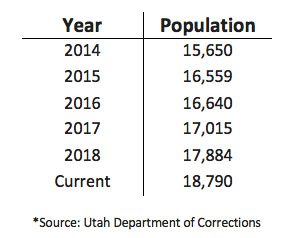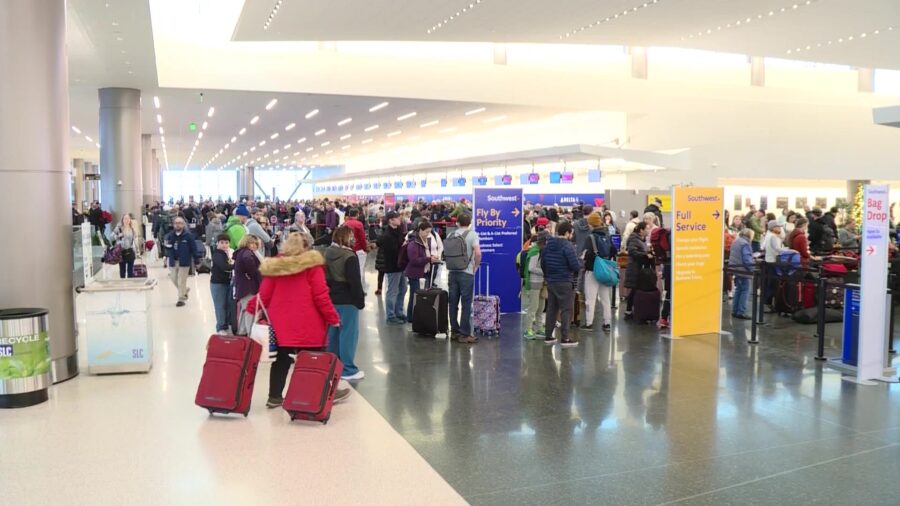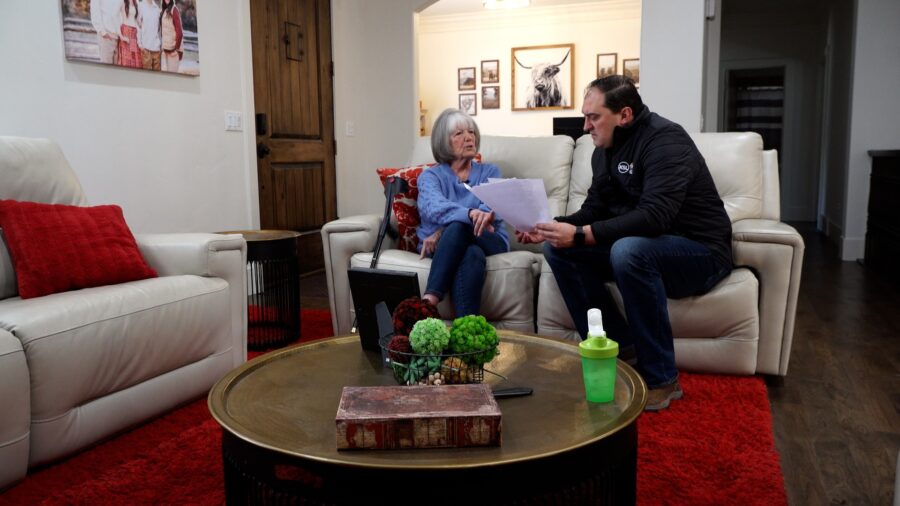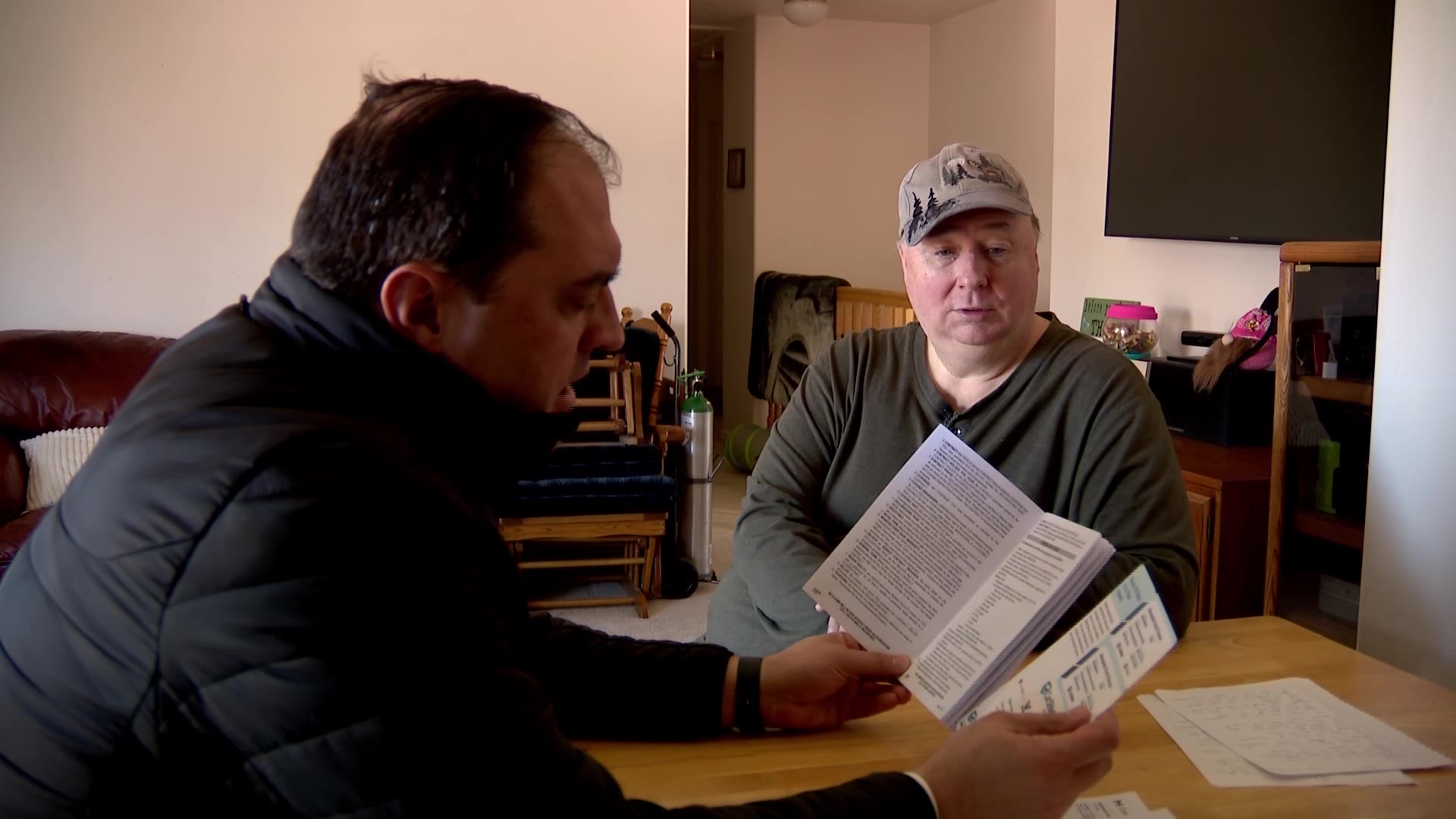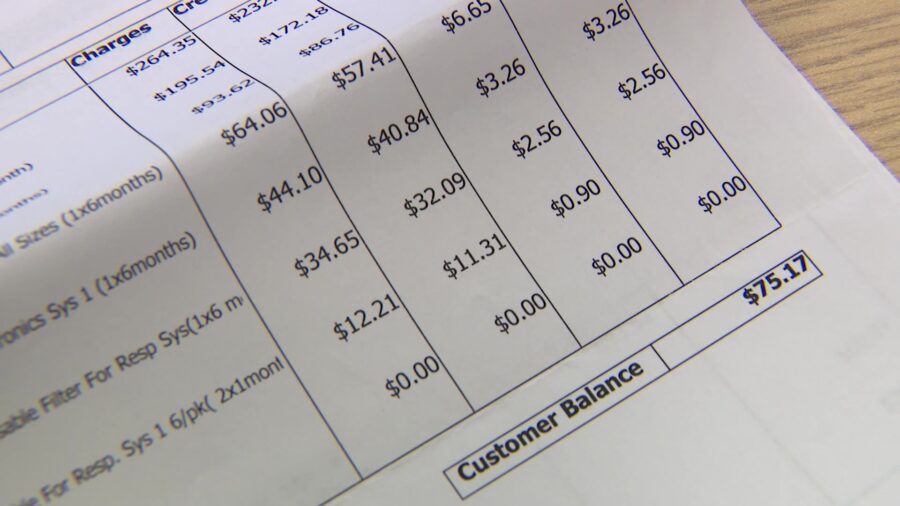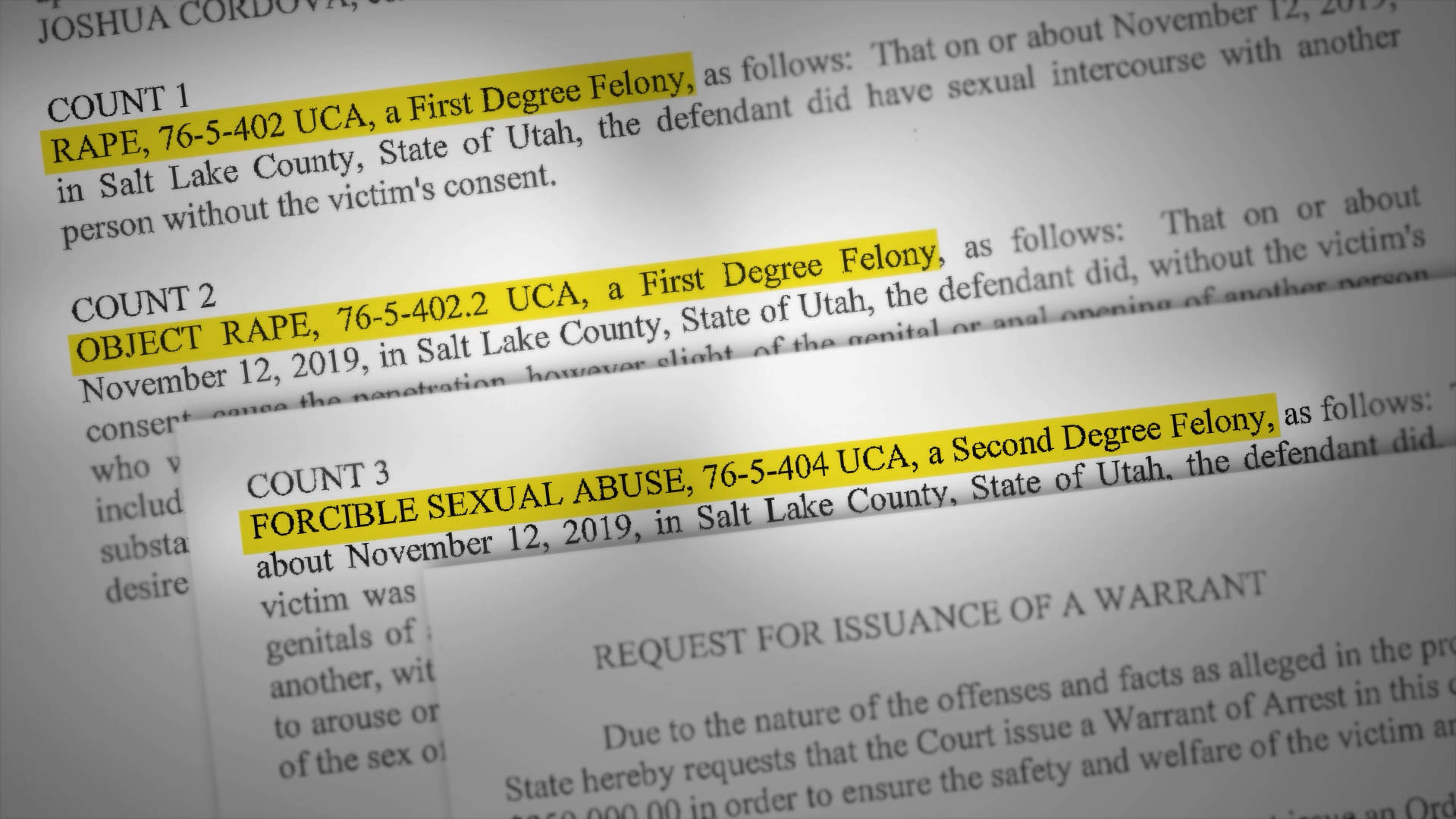Utah’s Inmate Surge: Why Utah’s Prison Population Is Rising
Aug 5, 2019, 9:50 PM | Updated: Feb 12, 2023, 7:14 pm
SALT LAKE CITY, Utah — Although the state saw significant, immediate success and declines for years after the Justice Reinvestment Initiative was passed in 2015, Utah’s prison population is once again on the rise.
In fact, according to a Department of Justice report, the state’s prison population is growing faster than every state except one.
Justice Reinvestment Initiative
Stakeholders in the criminal justice community across Utah agree, however, that the 2015 reforms were not all for nothing.
“We would be in a full-on crisis situation right now. We would need to be shipping people to out-of-state for-profit prisons at a huge expense to the taxpayer, a huge burden to prosecutors, defense counsel, to victims, and to the offenders and their families,” explained Marshall Thompson, the director of the Utah Sentencing Commission.
Thompson says Utah’s prison population was expected to rise with the increase in the state’s general population. He says the that rise is just happening sooner than expected.
"It never ends. You go home, you worry about it. You come to work, you worry about it." Tonight at 10 on @KSL5TV, ride along with Adult Probation & Parole agents and @BrittanyGlasTV as she examines what's behind a sudden and sharp rise in Utah's prison population. #justiceforall pic.twitter.com/vYOrHyf0us
— KSL Investigates (@KSLInvestigates) August 6, 2019
“We haven’t done enough yet. We’ve taken some really important steps in the right direction; we need to take more,” Thompson said.
According to data listed on the Utah Department of Corrections’ website, the prison population has steadily increased the past 12 months. In August 2018, the average daily population in Utah’s prison system was 6,587. By July 2019, that number had increased to 6,752.
In an April 2019 report by the U.S. Department of Justice, the number of Utah prison inmates increased by more than 250, or 4.3 percent, between 2016 and 2017.
Only Idaho, at 5.1 percent, had a higher rate of prison inmate increase.
What’s Behind the Growth?
So what is propelling the sharp increase in Utah after seeing such a dramatic decline?
“We’re seeing more people returning to prison on technical violations, and on new crimes that are non-violent petty crimes, mainly drug use,” Thompson told KSL Investigator Brittany Glas.
Another unintended consequence? With fewer people in prison under the JRI reforms, more offenders were placed on community supervision in Utah. In July, the average monthly prison offender count was 6,752. The number of Utahns on probation or parole was nearly 2.8 times the number of people incarcerated – 18,790 people.
Meaning, more demand on Adult Probation and Parole.
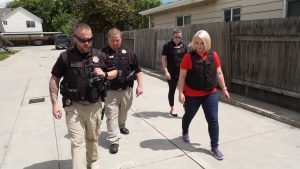
KSL Investigator Brittany Glas, outfitted with a bulletproof vest, rode along with Adult Probation and Parole agents to get a firsthand look at how they conduct home visits for their probationers.
Utah Adult Probation & Parole Population
Staffing Adult Probation & Parole Agents
The average caseload for a single AP&P agent right now is 65. It hit an average high of 69 per agent in 2016.
A spokesperson with the Department of Corrections told KSL their target is 50 per agent for moderate and high-risk offenders.
Overwhelming Caseloads
Agent Andrew Burdine has been a law enforcement officer with Adult Probation and Parole the past year. He says he currently has 70 people on his caseload.
“There’s not much time for sleep, because if one of them has been arrested, you’re going to get an email. If one of them has decided to leave treatment, you’re going to get an email or a phone call. It never ends. You go home, you worry about it. You come to work, you worry about it,” Agent Burdine said. “But, it’s what I signed up for I suppose.”
"I think if we had smaller caseloads, we would have a much higher success rate with our probationers," Adult Probation & Parole Agent Andrew Burdine told @BrittanyGlasTV. "You make the best of what you got–you work with it." Tune in to @KSL5TV at 10 for the full investigation. pic.twitter.com/2NZppJL3z2
— KSL Investigates (@KSLInvestigates) August 6, 2019
Burdine has always had an interest in law enforcement.
“My mom was on probation,” he explained. “So I kind of grew up similar to how a lot of my probationers did – in homes that are full of drugs and, you know, parents aren’t really there, stuff like that.”
Burdine says he sees his job as an opportunity to help people be better parents to their children.
The AP&P agent says he knows each of his 70 probationers well, in hopes of helping them get their lives back on track.
“I know what their triggers are, I know what their hooks are, and I can work with them. I know what’s going to work best for them,” said Burdine. “Sometimes, unfortunately, what works best is jail. But most of the time, we can get treatment through the TRC – the Treatment Resource Center.”


